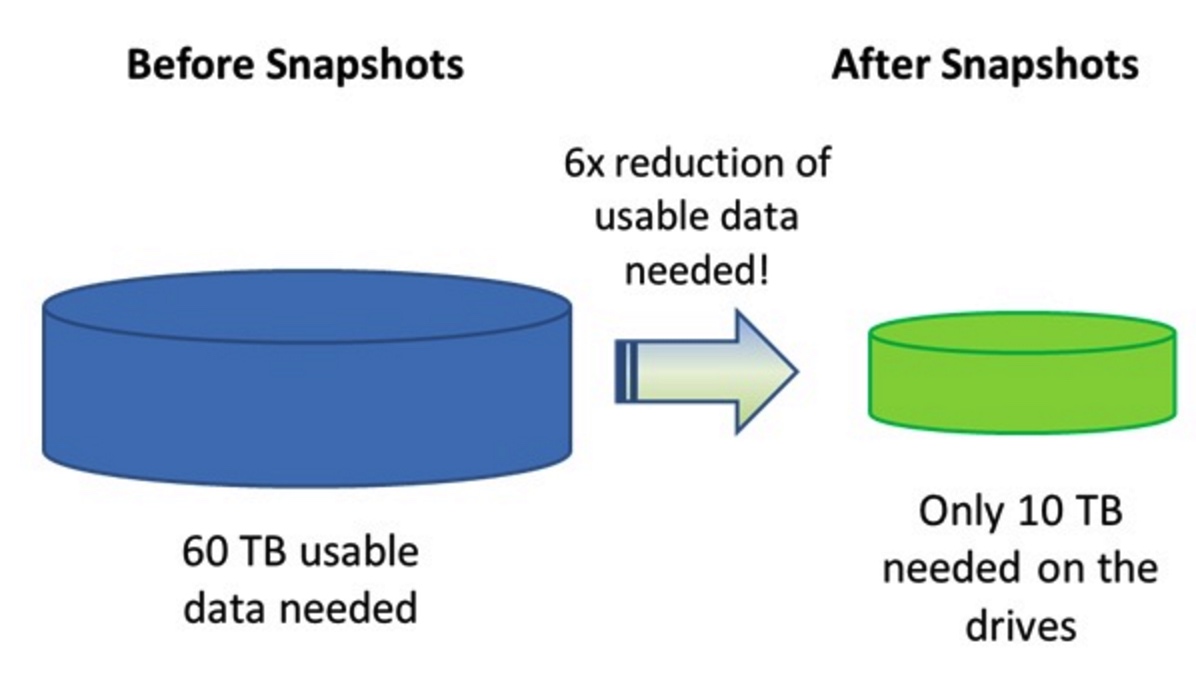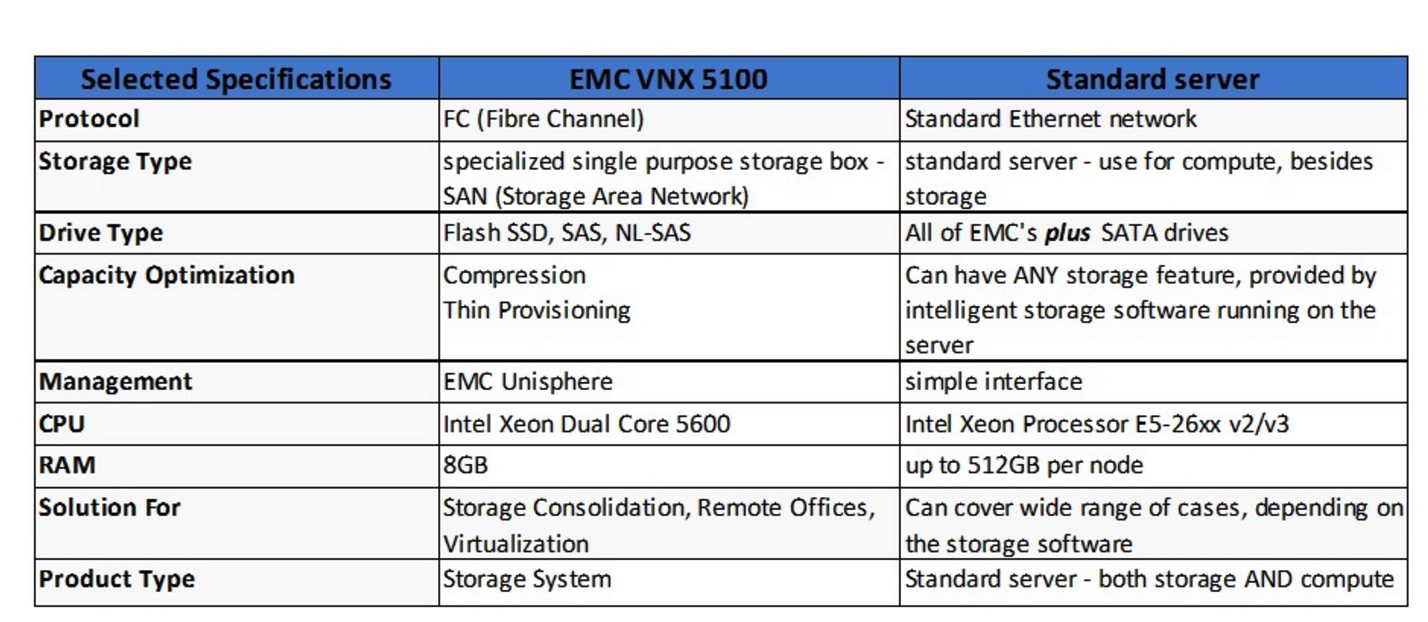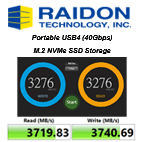Five Things Storage Vendors Are Not Telling You
You might get huge discount to get foot in door, margin is built in drive, not box.
This is a Press Release edited by StorageNewsletter.com on January 8, 2016 at 2:18 pmThis article 5 Things Storage Vendors Are Not Telling You came from the blog of StorPool Ltd, start-up based in Sofia, Bulgaria, in software to pool the attached storage (HDDs or SSDs) of standard servers, to create a single pool of shared block storage.
Storage is currently the most expensive and most complex piece in the data center and an integral part of any cloud service – be it public, private or hybrid. Customers usually do not have enough information when buying storage solutions and are often deceived by sales tactics and marketing propaganda. Terms like software-defined storage, storage virtualization, server SAN and many other claim to be the cure for any storage problem.
This blog post is intended for the business leader of any company in the process of buying storage solutions. It gives practical advice on what to look for and what caveats to avoid. The article also tries to explain in simple terms some of the jargon and practices in the storage industry. It is an attempt to demystify magic marketing statements and help the buyer to make a wise and educated choice.
What Are the 5 Things Storage Vendors Are Not Telling You
1. You might get a huge discount …
Traditional storage vendors do anything to get that initial contract. For a ‘first time deal’, customers might get 30-50% off the list price of a storage array. If you are a hard negotiator or a strategic account then discounts might go even in the 80% ranges. Have in mind that usually price reductions are made on the hardware only.
 (Source: StorPool competitive intelligence)
(Source: StorPool competitive intelligence)
A legacy storage vendor (think two and three letter vendors) would rarely give you a discount on the support or the software packages. And it is the services and software that deliver vital functionality and turn a piece of iron into something that actually delivers fast and reliable storage. There might be a discount on support or storage software, but you can expect it to be much lower. Additionally professional services that are always needed in order to design, evaluate and deploy a storage system are not included and may add a significant amount to the total bill.
Beware: This is a tactic called “to get the foot in the door.“
2. … but there is no ‘free lunch’
Getting that storage array at a solid discount might initially sound like a good deal. But it rarely is – when renewal time comes or when you need to expand the storage solution … you will pay the price – expect no discount then. This is, of course, a form of a vendor lock-in. You will always be dependent to some extent on your vendor or technology of choice. However, some vendors lock you in much more than others. It is much easier to change a storage solution that consists of software and hardware provided by two separate vendors. You can decouple and change them independently. And it is much easier to change a piece of standard hardware than a piece of specialized vendor-specific hardware. Do not base your business case or ROI calculations on the initial discounts you get from your hardware storage vendor. They might give you a discount next time too, but it is not very likely. And even if they do – it will be much lower than the first time.
3. The margin is built in the drive, not the box
Hardware storage vendors use the well-known freebie or ‘razor and blades’ pricing model. In it the margin is wrapped in the drive price, the chassis are not. So the big box comes at similar cost but the drives you need are vendor-specific and typically cost 3 to 15+ (!) times more than basically the same or alternative drives bought from a standard vendor.
 * no list price for 1TB 7,200rpm NetApp drive. Estimated as average of $/TB of the 2TB and 3TB drives. Prices as of November 12, 2014
* no list price for 1TB 7,200rpm NetApp drive. Estimated as average of $/TB of the 2TB and 3TB drives. Prices as of November 12, 2014
Fact: There are only 3 companies in the world producing HDDs today, regardless of what the logo sticker on top of the drive says! These companies are Seagate, Toshiba and WD. And while the disks might come from 3 original vendors, the drives you buy from your storage vendor are with flashed firmware and cannot work in another array (or a standard server). Also, the storage box from this vendor would work only with the respective vendor’s drives, so you cannot buy the standard drive and put it in the storage array either. You have to get these 3-10x more expensive drives. Besides, the price you pay for a drive when you buy it in the box is different from the price of an additional, upgraded drive. And you guessed it – the latter is much higher. Here is an example for you, taken from EMC. Notice upgrade drives (denoted with “UPG”) are exactly 40% more expensive:
 (Source: EMC prices)
(Source: EMC prices)
4. Price does not tell you enough anymore
Storage is already complex and is getting more and more complex. The new software features work magic. One can dramatically change the behavior of a storage system with every new technology and feature added. As with anything in life, there is a trade-off, though. It is getting tougher to estimate the actual behavior of a storage system.
The typical way of buying storage used to be straight forward: “Give me a solution that can deliver 20TB of raw capacity and 20,000 IO/s of performance.” Not anymore – with software features like thin provisioning, snapshots and clones, caching, tiering and so on, one can considerably change the output parameters of the storage system. Furthermore, the impact of each feature will depend on the customer’s use case – the type of their data, the pattern of their workload. It is getting progressively challenging to predict the impact of a feature on the actual results a storage system will deliver. Now you need to run a PoC (Proof of Concept) or a pre-deployment test just to get a good estimate of what your solution will actually deliver.
Example: 1TB is not 1TB any more – intelligent data reduction storage features such as snapshots, clones, thin provisioning, deduplication, in-flight compression will shrink the original 1 TB to … an unknown amount of space. This gain is use-case specific – depending on your particular data and its usage.
Another trend we notice is the marketing of big vendors that pushes particular buzz words or a feature as a solution to every problem. Maybe the most advertised word we come across is ‘deduplication’. While de-dupe is a great feature, it has been over-emphasized mainly by all-SSD vendors as “The Solution for reducing the physical storage footprint of your data (i.e. raw to usable data)”. However, there are a number of other features that achieve the same goal, some of which have much bigger impact – for example thin provisioning, snapshots and compression.
Here is a particular example from a customer in the hosting industry. The use case is a VPS service, running StorPool Storage:
 Note: While similar results can also be achieved with deduplication, it uses significant amounts of CPU and RAM, while snapshots do not stress the system.
Note: While similar results can also be achieved with deduplication, it uses significant amounts of CPU and RAM, while snapshots do not stress the system.
In resume: Educated customers should take decisions based on the actual benefit they get and they should not insist on a particular technology to deliver these results. As we stated above – the data and the use case have significant impact on the technology that can deliver the most benefits. Customers do not need features, they need solutions to real business problems. It usually comes down to increasing performance and capacity or bringing down the total cost of a solution. In many cases – all at the same time!
5. There is nothing special about that storage box
We see many customers who believe that a storage array is something ‘special’. This is not true. A storage box is just a regular server on the inside, with a very special cover design and a logo on the outside. And it is not an exceptionally powerful one, as well. Besides the custom box and design, inside the box you find all the components of a standard server – CPU, RAM, disk controllers, network interfaces and of course, drives. Nothing special.
Example: resume of specifications of EMC VNX 5100 storage array vs. standard server The components in this box are well combined and tested together, but this is not something that is particularly special or hard to do. All software-defined storage vendors provide reference configurations or preselected commodity servers that can be used. These configurations can then be used as a standard building block of a scalable storage system.
The components in this box are well combined and tested together, but this is not something that is particularly special or hard to do. All software-defined storage vendors provide reference configurations or preselected commodity servers that can be used. These configurations can then be used as a standard building block of a scalable storage system.














 Subscribe to our free daily newsletter
Subscribe to our free daily newsletter


